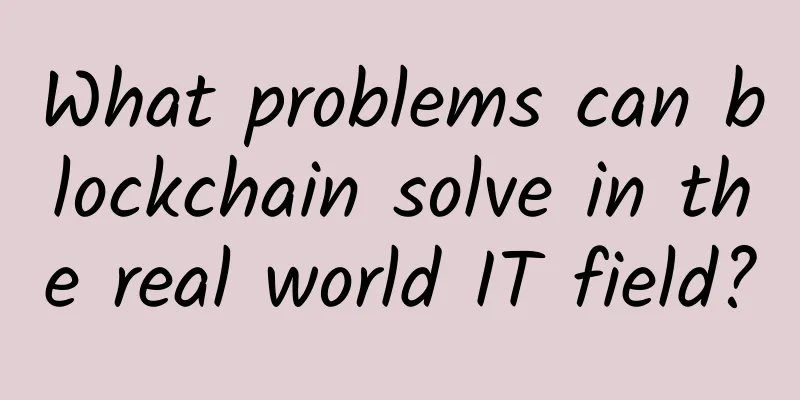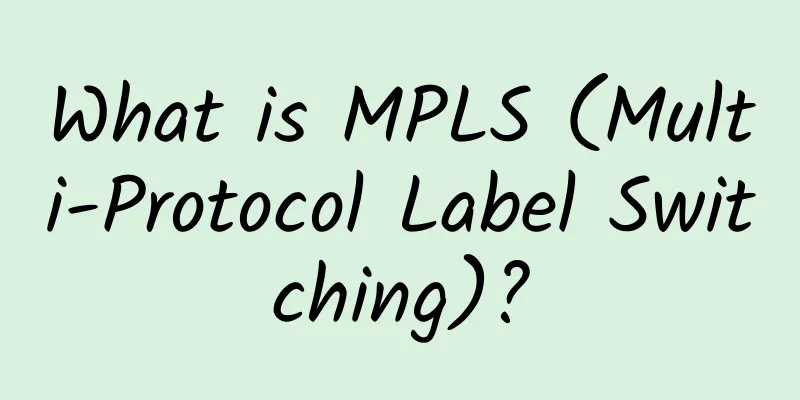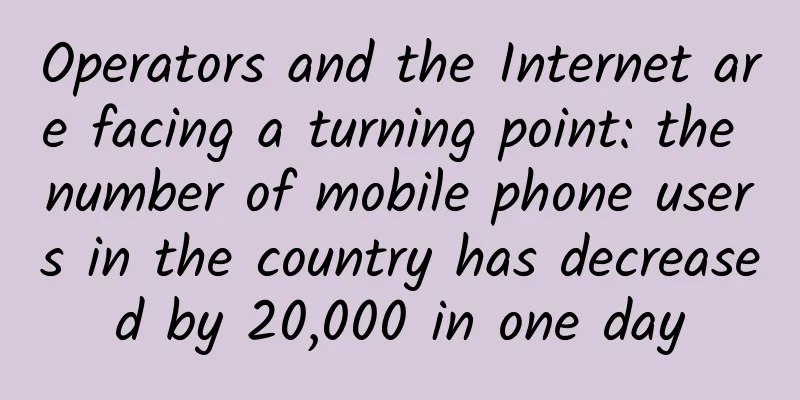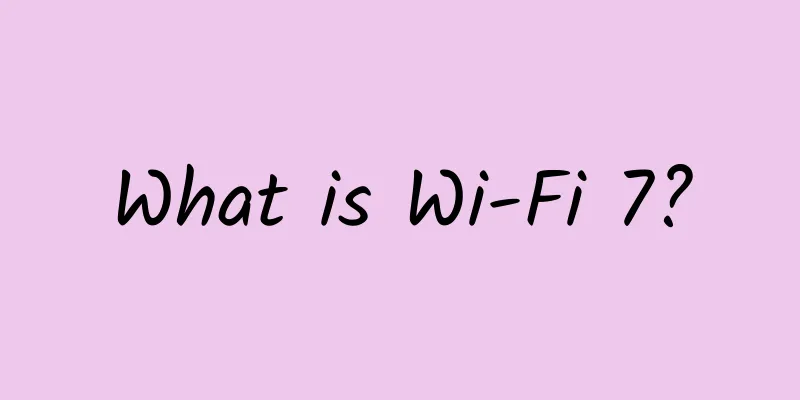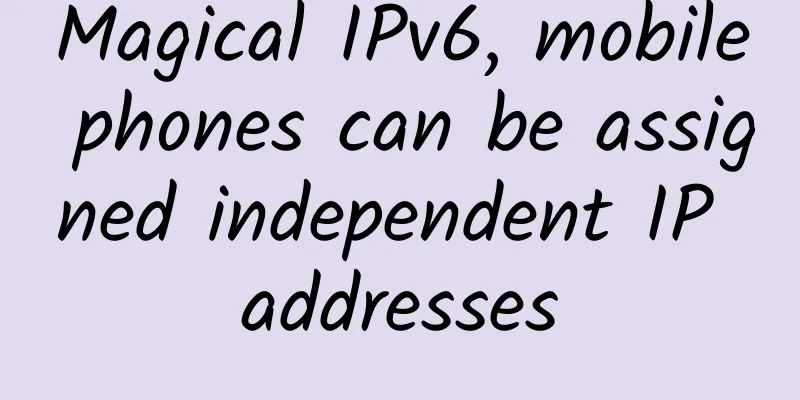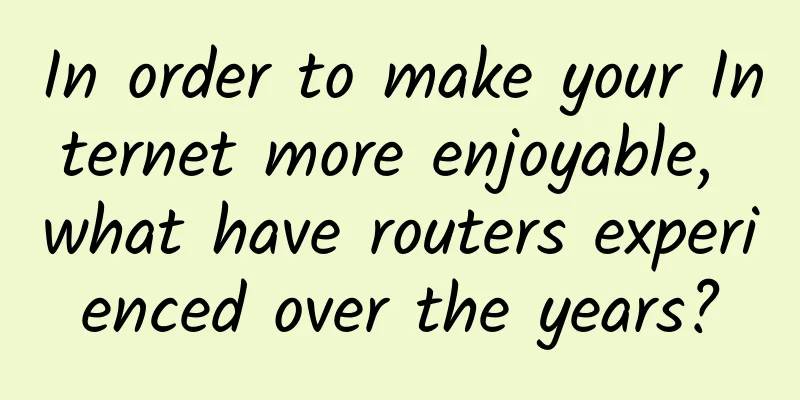What is the Internet of Things, what is blockchain, and what is big data?
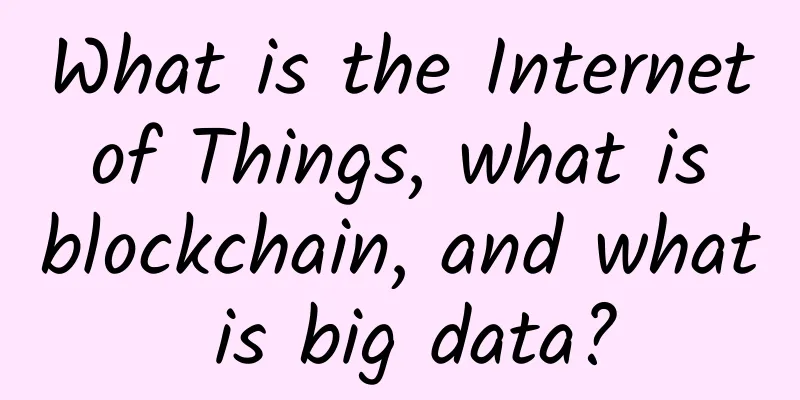
|
In the near future, the number of IoT devices will explode, possibly reaching hundreds of billions or even trillions. For such a huge network, if it is still managed in a centralized networking mode, the investment in the maintenance of the data center infrastructure will be immeasurable. Big data is essentially a small branch of databases, so this question is related to databases. Databases are actually a very old research field in the software, Internet, and IT industries. From the initial file system to the ER model, and then to the three major achievements of traditional databases that everyone knows, relational models, transaction processing, and query optimization, to the rise of NOSql databases after the popularity of the Internet, database technology is constantly developing and changing, including semi-structured data represented by XML, and unstructured data processing such as text and voice.
The relationship between blockchain and database seems to be just like this. From the evolution of database technology, we can find that it always comes from how to meet new business needs and then create new data processing technologies. For example, from the very beginning of the file system, why do we need the ER model? Because of the development of the financial industry, people have further needs for these fast accounting, high-concurrency data writing and access, which led to the emergence and rapid development of the entity relationship model. Why did the NOSql database appear later? It is because the rapid development of the Internet has put forward higher and newer requirements for databases, so in essence we think that the entire Internet is a large database.
Things are always evolving. Of course, after we solve the problem of massive real-time data processing on the Internet through technologies such as NOSql database and cloud storage, the next problem is bound to come, that is, how to solve the authenticity and validity of data in a large-scale manner. For example, it may be related to our diet, from the initial problem of food and clothing, to the problem of nutritional structure, and then to the food safety issue that everyone is concerned about. The development of databases is actually the same. When we can solve these problems of data storage and data access through the ER entity relationship model and the NOSql database, the next thing everyone should care about and solve must be the authenticity and validity issues. So at this stage, the requirements for data authenticity, validity, non-forgeability and non-tamperability represented by blockchain are definitely a new starting point and new requirements compared to current databases. We can clearly feel that the trend of database and blockchain integration is actually very close and unstoppable, just like the movie content producers are beginning to develop in the direction of virtual reality and augmented reality; from the perspective of databases, blockchain is a new way of organizing data. We believe that big data and blockchain are the integration of the two. |
>>: Internet of Things, AI: Seven major trends that will reform enterprise IT in 2018!
Recommend
Internet of Things technology ushers in the "three-horse" era: Cat 1 medium-speed positions are converted to regular positions, and you're done!
If the previous exploration and practice of diffe...
Analysis of domestic 5G development in 2021
The development of 5G has now become another hot ...
[11.11] Summary information: VPS-BID/Journey Cloud/Smart Trade Cloud/A400/Themebetter
The annual Double Eleven e-commerce promotion has...
Microsoft redesigns the calling interface in Teams
[[356857]] Microsoft Corp. has reportedly begun r...
When purchasing a wireless router, which one is better, “single-band” or “dual-band”?
In this era where we cannot live without the Inte...
OpLink: $4.95/month-AMD Ryzen/4GB/250GB NVMe/16TB@10Gbps/Houston
OpLink recently launched a new promotion on LET, ...
Gigamon: Using virtual visualization to help enterprises start their cloud journey
[51CTO.com original article] "Visualization&...
ProfitServer: 50% off VPS in Hong Kong/Singapore/Netherlands/Germany, unlimited traffic, starting at $2.88 per month
ProfitServer has launched a promotion to celebrat...
Juniper Networks combines Mist AI with Intelligent Session SD-WAN and SRX secure branch gateways to deliver the best user experience from client to cloud
As a leader in providing AI-driven secure network...
What are the applications of machine learning in network management?
As networks move toward automation and intelligen...
Bloomberg: China is winning the multi-trillion dollar war for 5G
The coronavirus has not slowed down China’s stead...
5G is not yet popular, 6G is on the way, and 7G will achieve space roaming
[[332143]] This article is reprinted from the WeC...
Gigsgigscloud adds Los Angeles international line 1-10Gbps bandwidth VPS monthly payment starts from $5
Gigsgigscloud recently launched the Los Angeles L...
How to deal with the new security challenges brought by 5G
Mobile network infrastructure has changed dramati...
Ruishu Information was once again selected as a cloud security example vendor in Gartner's "2022 China ICT Technology Maturity Curve Report"
In July 2022, Gartner, a global authoritative IT ...
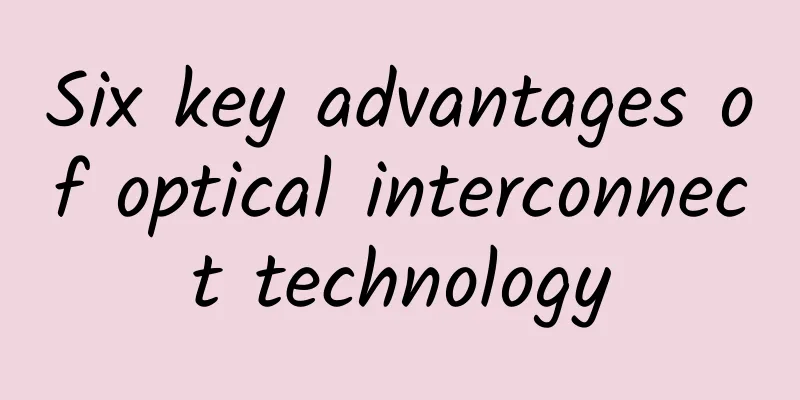
![[Black Friday] Justhost has a 30% discount for a limited time, 22 data centers in Russia, the United States, Singapore, etc. are available](/upload/images/67cabce3ceaff.webp)


